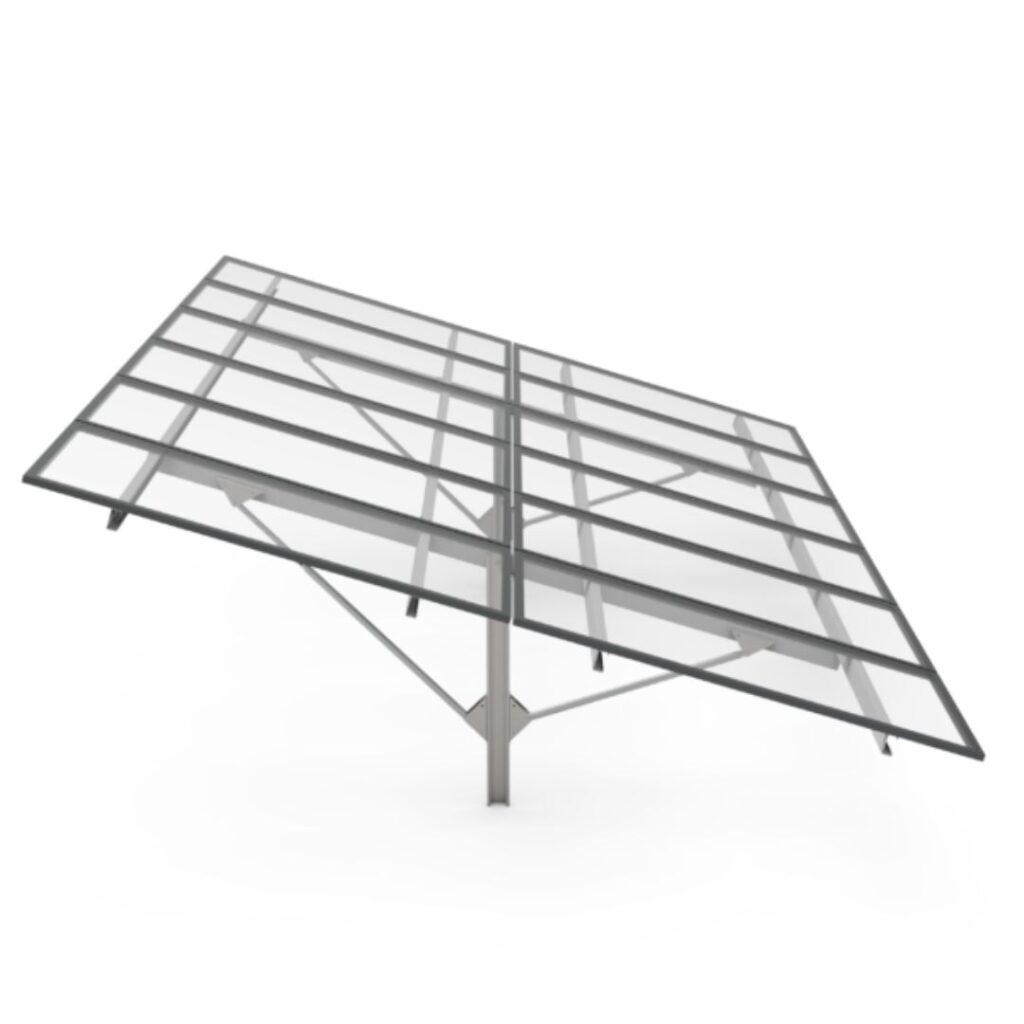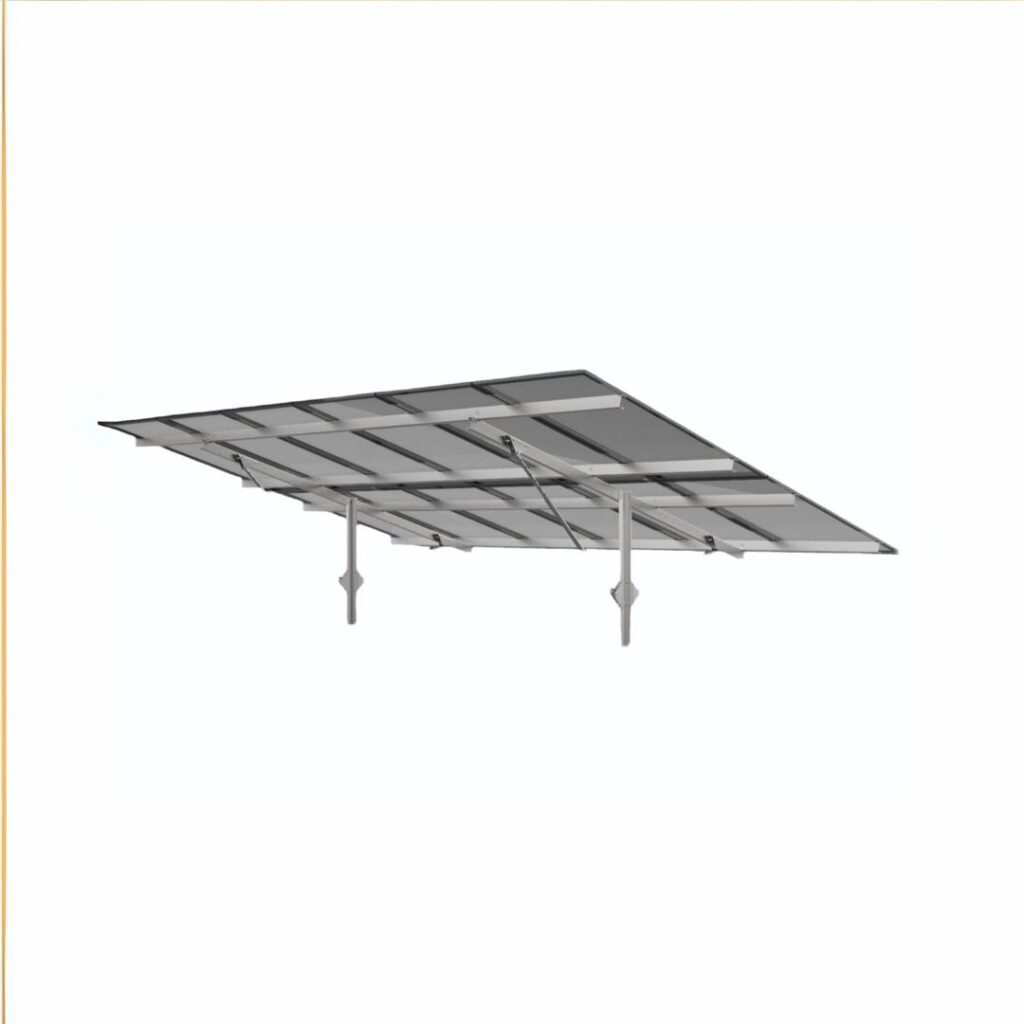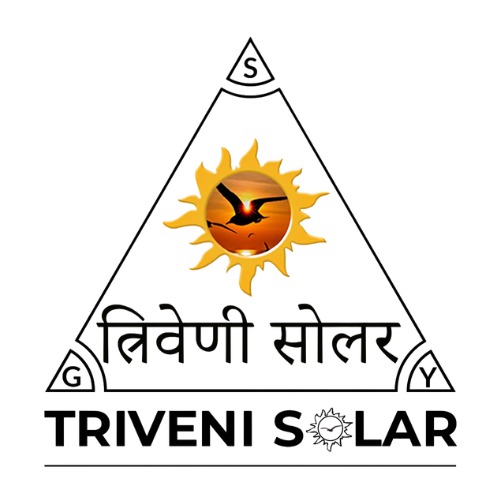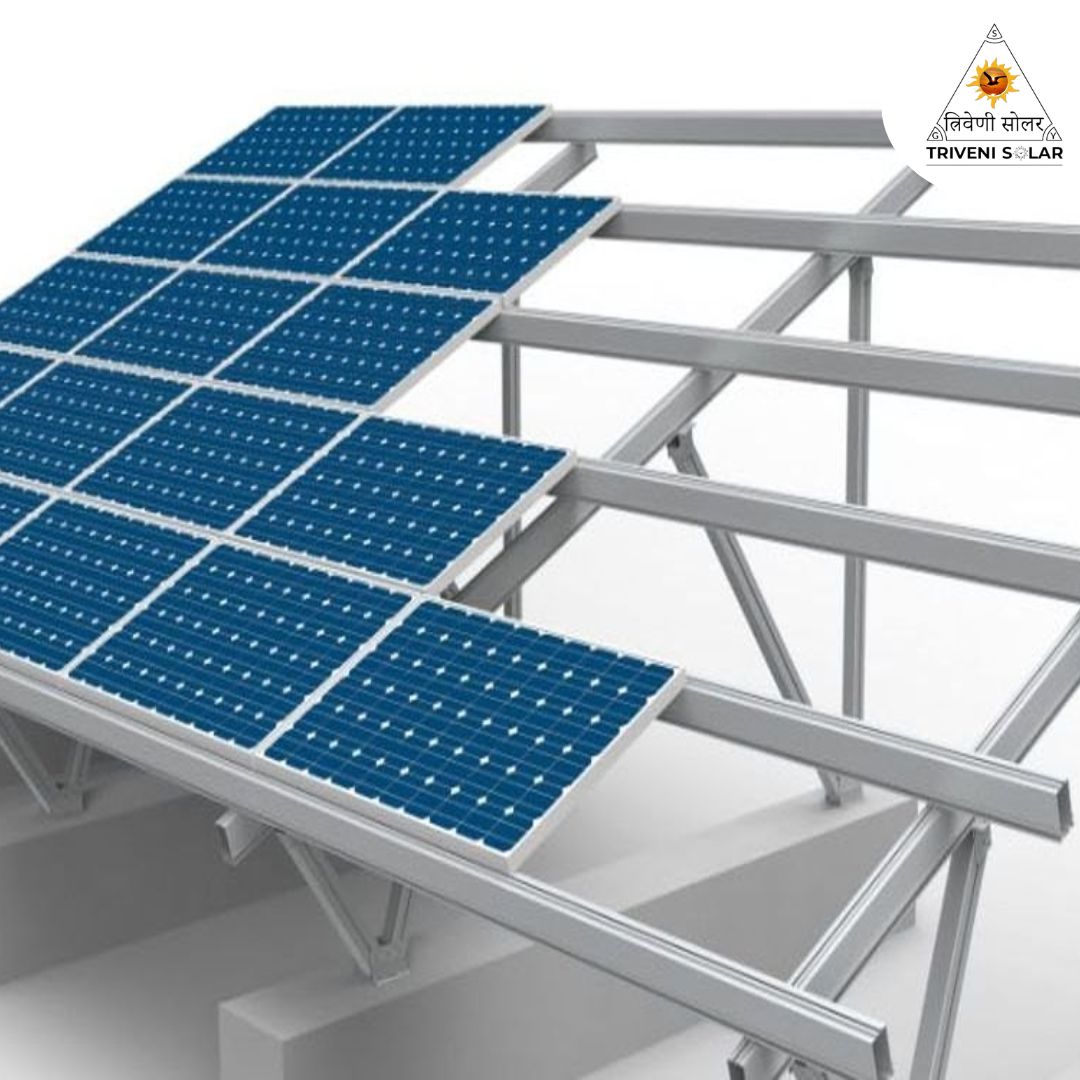Seasonal Tilt Structures are an essential innovation in solar energy systems that allow panels to adjust their tilt angle based on seasonal changes. By optimizing solar exposure, these structures can significantly boost energy production, increase system efficiency, and maximize returns on investment.
Table of Contents
- Introduction
- What Are Seasonal Tilt Structures?
- Benefits of Seasonal Tilt Structures
- Design and Material Considerations
- Installation and Maintenance
- Applications of Seasonal Tilt Structures
- Comparing Seasonal Tilt Structures with Other Mounting Systems
- Case Studies and Real-World Examples
- Future Trends in Solar Mounting Systems
- Conclusion
- FAQ
Introduction
The efficiency of a solar panel depends heavily on its orientation and tilt. Seasonal Tilt Structures allow you to adjust the angle of your solar panels throughout the year, aligning them with the sun’s changing position. This approach ensures maximum sunlight absorption and improved energy yield.
Understanding how seasonal tilt systems work, their benefits, and their practical applications can help residential, commercial, and industrial users optimize their solar energy output.
What Are Seasonal Tilt Structures?
Definition and Purpose
Seasonal Tilt Structures are solar mounting systems designed to allow manual or automatic adjustment of the tilt angle of solar panels based on the season. In summer, the panels can be positioned flatter to capture more direct sunlight, while in winter, a steeper angle can maximize exposure.
Manual vs. Adjustable Systems
- Manual Seasonal Tilt Structures: Require periodic manual adjustment, typically 2–4 times a year, aligning with seasonal solar changes.
- Automatic or Adjustable Systems: Feature mechanical or motorized adjustments, optimizing tilt without human intervention, often integrated with tracking technology.
Benefits of Seasonal Tilt Structures
Optimized Energy Production
By adjusting the tilt angle according to seasonal sun paths, panels receive maximum solar radiation throughout the year. This can increase energy generation by up to 20% compared to fixed-tilt systems.
Cost-Effectiveness
Although seasonal tilt structures may have slightly higher upfront costs, the increased efficiency and energy yield result in faster payback periods and long-term savings on electricity bills.
Durability and Longevity
High-quality materials and corrosion-resistant coatings ensure that these structures withstand environmental challenges such as rain, wind, and temperature fluctuations, providing reliable performance for years.

Seasonal Tilt Structures Design and Material Considerations
Materials Used in Construction
- Galvanized Steel: Offers strength, durability, and corrosion resistance.
- Aluminum: Lightweight and corrosion-resistant, ideal for smaller or rooftop installations.
- Stainless Steel: Premium choice for harsh environments, ensuring long-term structural integrity.
Design Variations
Structures can be ground-mounted or rooftop-mounted, depending on space availability and installation requirements. The design can include single or multiple panels per structure with flexible adjustment mechanisms.
Corrosion Resistance and Maintenance
Protective coatings, such as galvanization or powder coating, are essential to prevent rust and degradation. Routine inspections and cleaning ensure optimal performance and structural safety.
Seasonal Tilt Structures Installation and Maintenance
Seasonal Tilt Structures Installation Process
- Select the appropriate structure based on panel size, weight, and location.
- Ensure a stable foundation for ground-mounted systems or secure rooftop mounting.
- Install the adjustable tilt mechanism and panel frames according to manufacturer specifications.
- Adjust initial tilt angles to seasonal requirements for optimal performance.
Seasonal Tilt Structures Maintenance Tips
- Regularly check bolts, nuts, and tilt mechanisms.
- Clean panels and structural components to prevent dust and debris accumulation.
- Lubricate moving parts in adjustable systems to ensure smooth operation.
Safety Considerations
Follow all local safety regulations, use proper lifting equipment, and employ trained personnel during installation to prevent accidents and damage.
Applications of Seasonal Tilt Structures
Residential Installations
Homeowners can use seasonal tilt systems on rooftops or small ground-mounted setups to maximize solar energy output and reduce dependency on grid electricity.
Commercial and Industrial Applications
Large-scale solar farms benefit from seasonal tilt structures, optimizing energy production and enhancing financial returns from renewable energy investments.
Seasonal Tilt Structures Agricultural Uses
Solar-powered irrigation, greenhouse systems, and farm energy solutions can leverage seasonal tilt structures for maximum efficiency throughout the year.
Comparing Seasonal Tilt Structures with Other Mounting Systems
Fixed Tilt vs. Seasonal Tilt
| Feature | Fixed Tilt | Seasonal Tilt |
|---|---|---|
| Initial Cost | Lower | Higher |
| Energy Efficiency | Moderate | High (up to 20% more) |
| Maintenance | Low | Moderate |
| Adjustment | None | Manual or Automatic |
Single-Axis vs. Dual-Axis Trackers
Single-axis trackers adjust panels along one axis, typically east-west, while dual-axis trackers provide more precise solar alignment. Seasonal tilt structures are simpler but highly effective, combining reliability with optimized seasonal performance.

Case Studies and Real-World Examples
Successful Implementations
- A solar farm in Rajasthan installed seasonal tilt systems and increased annual energy production by 18%.
- Residential installations in Pune showed 15–20% higher energy efficiency compared to fixed panels.
Lessons Learned
Proper site assessment, choosing the right materials, and scheduling seasonal adjustments are key to maximizing performance and ROI.
Future Trends in Solar Mounting Systems
Innovations in Design and Technology
Automated tilt mechanisms integrated with IoT and AI are making seasonal adjustments easier and more precise, enhancing energy yield and reducing manual effort.
Sustainability and Environmental Impact
Eco-friendly materials and modular designs allow for easier recycling and lower environmental footprint, supporting green energy initiatives globally.
Conclusion
Seasonal Tilt Structures represent a practical, cost-effective, and efficient solution for optimizing solar energy systems. From residential rooftops to large solar farms, adjusting solar panels seasonally can maximize energy production, reduce electricity costs, and enhance system longevity.
Explore our range of Seasonal Tilt Structures at SolarStructure.co.in and take your solar efficiency to the next level today.
FAQ
What are Seasonal Tilt Structures?
Seasonal Tilt Structures are mounting systems that allow solar panels to adjust their tilt angle according to the season, optimizing sunlight capture and energy production.
How much energy can seasonal tilt structures save?
These systems can increase annual energy production by up to 20% compared to fixed-tilt installations, improving ROI over time.
Are seasonal tilt systems suitable for residential use?
Yes, they are ideal for rooftops or small ground-mounted systems, helping homeowners maximize solar output year-round.
Do seasonal tilt systems require a lot of maintenance?
Maintenance is moderate, involving periodic adjustment, lubrication of moving parts, and inspections to ensure optimal performance.
Can seasonal tilt structures withstand harsh weather?
High-quality materials like galvanized steel or aluminum provide durability and corrosion resistance, making them suitable for diverse climates.


